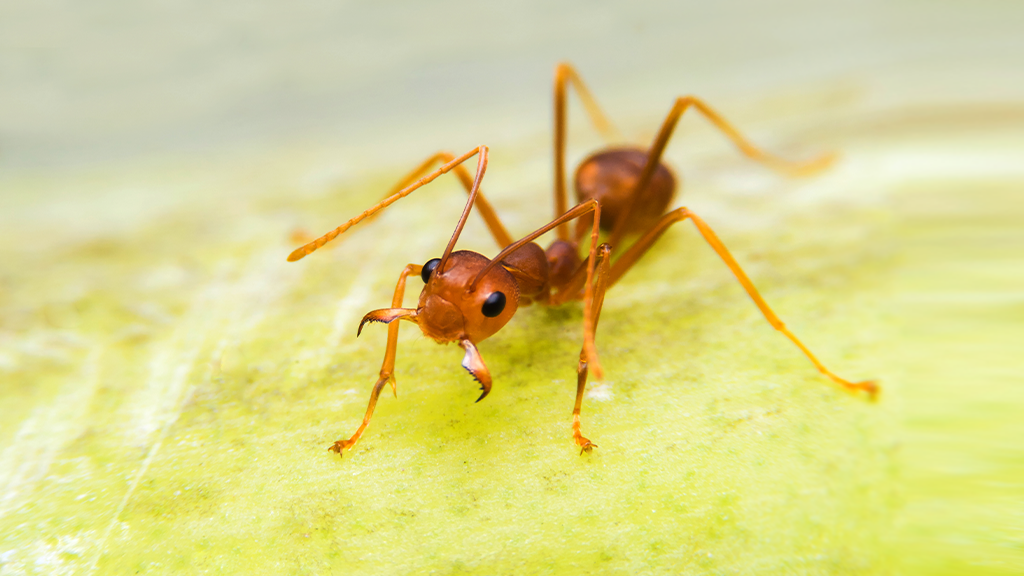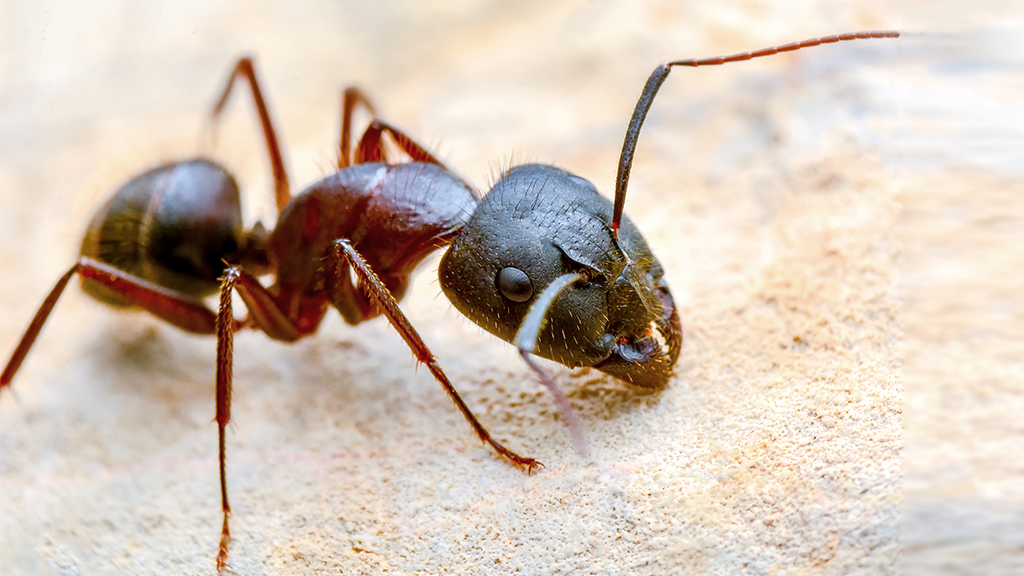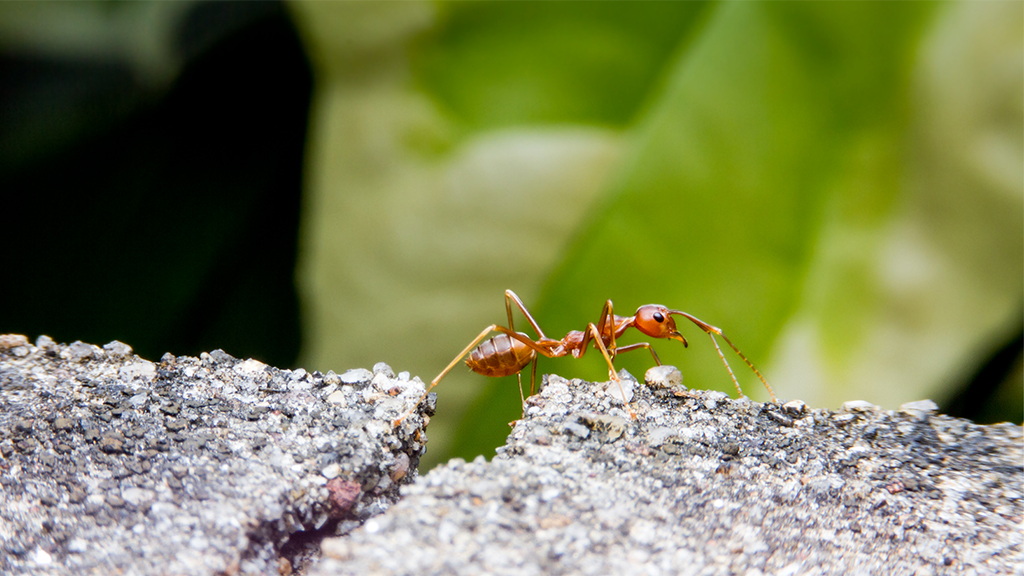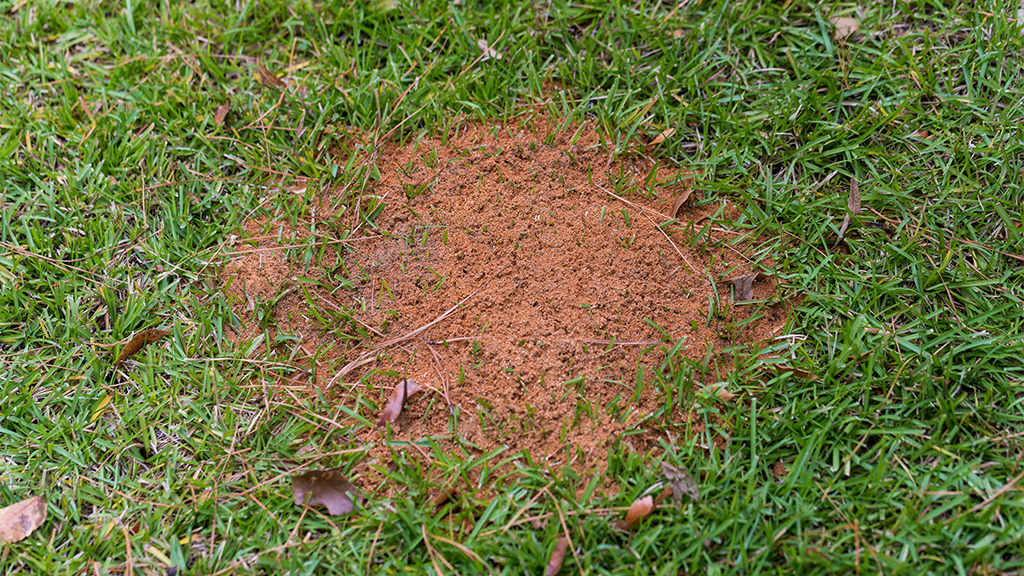ANT MONTH: All About… Fire Ants
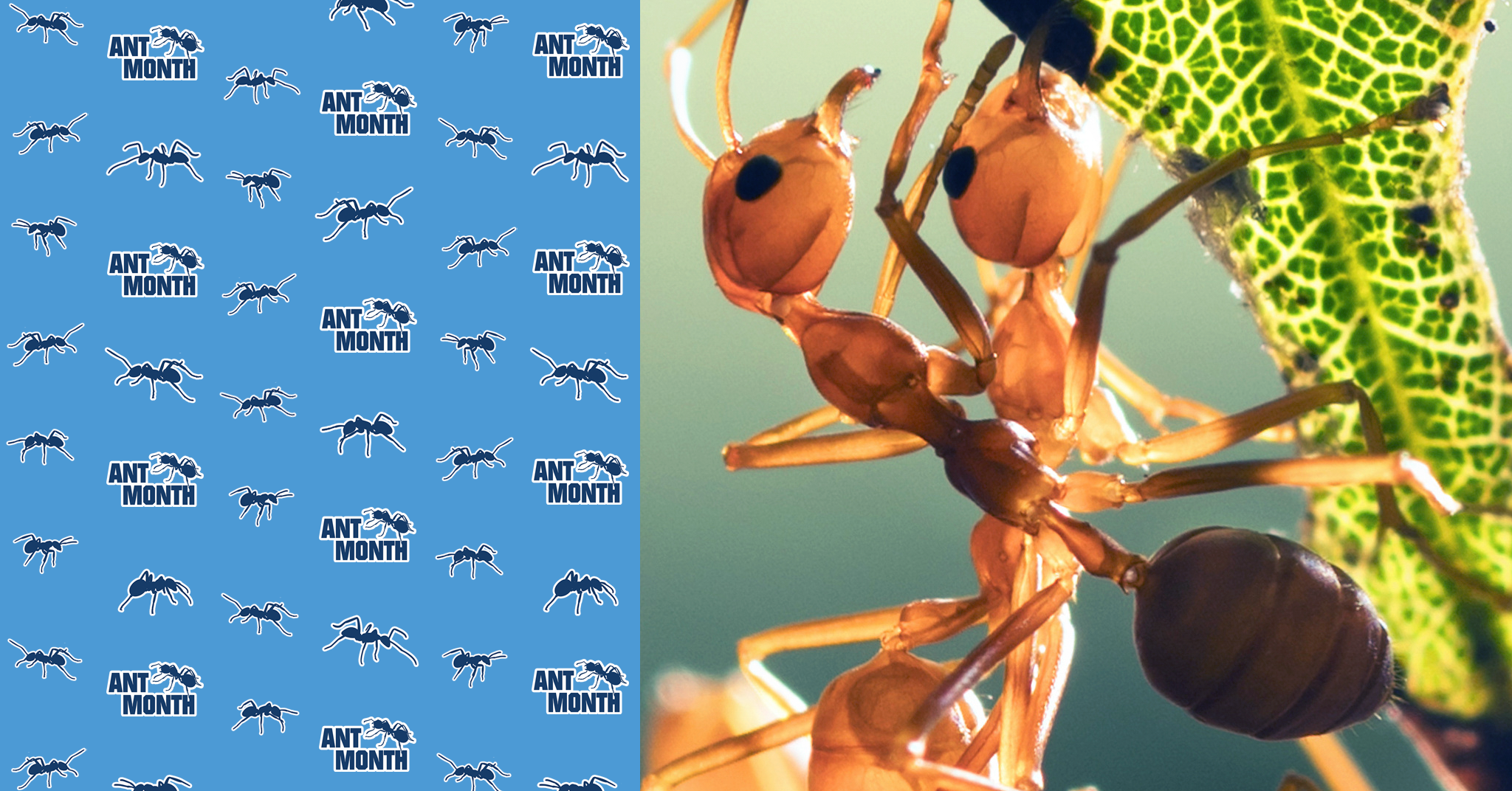
It’s the second installment in our Ant Month series, a week-by-week guide to four ant species commonly found invading households around the country (catch up with last week’s piece on odorous house ants). The next species in our Ant Month lineup is the ever unpleasant fire ant, an aggressive and territorial ant species.
WHAT ARE FIRE ANTS?
Fire ants aren’t actually a single species, but several subspecies in the ant family that share common features. The most common species of fire ant, Solenopsis invicta, is also the most threatening. Fire ants such as these have venomous stingers on the end of their abdomens, utilizing their natural weaponry to strike perceived predators and defend their nests with particularly painful stings.
Fire ants are known for their large mounded nests in the soil and rarely nest indoors. Mounds on or around your property are more than just an eyesore—getting too close to a fire ant mound can have unsuspecting pets and family members walking away with more than a few burning stings from these angry pests.
WHAT DO THEY LOOK LIKE?
Fire ants, unlike other common ant types, are generally not uniform in size. The worker ants of this reddish-brown species range from 1/16 of an inch to up to ⅜ of an inch, with some ants two to three times as large as the smallest workers.
Fire ants have rounded heads with visible mandibles, a narrow waist with two segmented nodes, and a rounded abdomen on which their stinger is attached. These venomous ants nest in enlarged, flattened mounds that can reach several feet wide and over a foot high. When their mounds are disturbed, thousands of ants can emerge from inside their many tunnels, ready to attack.
WHAT DO FIRE ANTS EAT?
Fire ants eat a variety of food sources, from dead insects, meat, and oils to carbohydrates and sugars. After discovering an abundant food source, fire ant foragers use pheromones from their stingers to mark scent trails for additional workers. Because they possess strong mandibles, they’re able to bite and break down prey into smaller, more transportable pieces to take back to their nests.
Though the venom in their stingers is irritating and dangerous to us, it’s far more threatening for smaller creatures and can paralyze, or even kill, prey much larger than fire ants themselves. Many of the creatures that fire ants feast upon are known vectors for harmful pathogens and illnesses, making a fire ant infestation an additional threat for contamination as the possibility of harmful food or surface contagions increases with their presence.
WHERE ARE THESE ANTS COMING FROM?
Fire ants are actually an imported ant species native to South America. They were first documented in the United States in the 1940s as they spread rapidly in the southern states. Fire ants are drawn to sunny areas with enough soil, dirt, or sand to build their large mounds in pastures, gardens, lawns, and fields. The mounds aren’t always out in the open. In fact, many fire ant nests are located underneath larger rocks, within walls, beneath the pavement, and under wood or loose debris. Wherever their nest, fire ants don’t enter from a single entrance. Rather, they have several entrances to underground tunnels within feet of mounds and central nesting sites.
Though fire ants are most often found outdoors, they can nest within electrical boxes or near heating and cooling units that can provide passage into your home. Just as with any other ant species, once inside your home they’re likely to stick around if there is an adequate food supply to sustain their colony. Fire ants colonies, because of their size and proximity to structures, can result in damage to landscaping, electrical systems, and other structures.
HOW DO I GET RID OF FIRE ANTS?
Fire ant infestations can grow in size rapidly, and it takes thousands of them to construct a visible mound. Homeowners not only want to banish them from their homes, but they want to banish them from their entire property.
There are a few methods to control fire ants, and with some ongoing maintenance, you can spare you and your family from a few painful stings or unpleasant reactions.
LOCATE MOUNDS: Most fire ant control methods are ineffective unless the central colony is located. Carefully following fire ant trails to discover their nesting sites is crucial to properly control a growing fire ant infestation.
USE THE RIGHT BAITS: Because of their tunnel systems, the majority of fire ant workers, including the queen and larvae, won’t be accessible when it comes to control. In order to cut down on fire ant populations, baits can be placed near suspected activity. Foraging ants will find the bait and bring it back to their colony, eliminating current and future fire ants. Always read and follow the bait label’s instructions about where and how to best set your specific products.
TREAT NESTS: In addition to baiting, destruction of mounds and nests can eliminate the central colony and prevent it from spreading further onto your property. Products designed for mound application are best applied in cooler temperatures and when the sun is rising or setting, peak foraging hours for fire ants. Consult the product label for best practices regarding specific application amounts and directions.
REMOVE FOOD SOURCES: Fire ants aren’t likely to stick around in areas without abundant meal opportunities, so they’re probably in the area for food and water access. Fire ants can forage indoors, underneath debris, in garbage cans, in vegetable gardens, near fruit trees, and in other harborage areas. Clearing up your home and garden, properly storing food, and eliminating moisture will deter fire ants from settling in.
SWITCH UP THE LANDSCAPING: By creating less-than-ideal conditions for fire ants to build mounds and nests, you can effectively prevent these aggressive pests from taking up residence on your property. Discourage squatters by frequently tilling mulch, removing leaf piles, regularly mowing grass, and trimming trees and bushes that can harbor fire ants or obscure nests.
BRING IN THE EXPERTS: With the added risk of bites and stings from these venomous insects, it’s a good idea to have a professional come and take a look. If you’d rather not risk unleashing an angry fire ant colony, pick up the phone and make a call to our pest control experts as soon as an infestation is suspected.
Banishing ants is a multi-step approach, and we are on your team when it comes to controlling and eliminating pesky ants. We’ll be back next week with a new spotlight on another common ant species as part of our Ant Month series. If you’ve got an ant infestation on your hands, get in touch with our team to discuss your options for effective, professional pest control.

